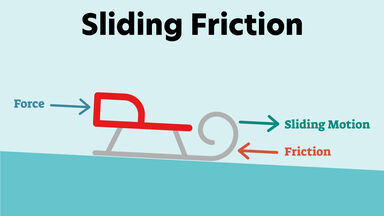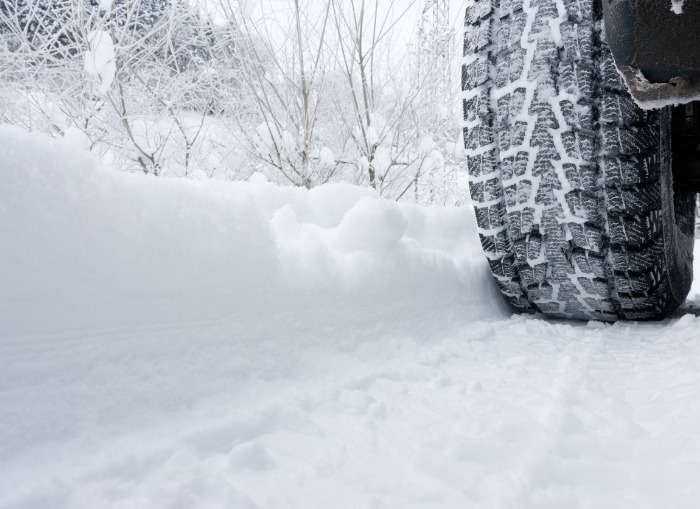CBSE Class 8 Science Chapter 12 Revision Notes
Chapter 12: Friction Revision Notes
-
Friction is the force that opposes the relative motion between two surfaces in contact.
-
Friction forces always behave in the opposite direction of the applied force.
-
Friction is caused by irregularities on the surfaces of the objects in contact, the interlocking of micro-level abnormalities between the two surfaces, and the moving of harder surfaces into smoother surfaces.
-
Friction is affected by various factors, including the roughness of the surface, the extent to which the two surfaces are pressed together, and the nature of the surface.
FRICTION COMES IN A VARIETY OF FORMS
(i) Static Friction: Static friction occurs when a body is at rest and is always equal and opposite to the applied force. Limiting friction is the force of friction that acts when a body is on the point of slipping across a surface.
(ii) Sliding friction: The force opposing actual relative sliding motion between two contact surfaces. Static friction is less than sliding friction.
(iii) Rolling Friction: A frictional force exists between the two surfaces when a body rolls over another. The friction of rolling is less than that of sliding.
FRICTION’S EFFECTS
• Friction generates heat.
• Friction is a key cause of wear and tear.
• Friction is a force that opposes motion.
FRICTION’S BENEFITS
• We can write on paper because of the pen and paper friction.
• Friction between our feet and the ground enables us to stand, walk, and run.
• Friction between the road surface and our vehicles’ tyres allows them to travel without slipping.
FRICTION’S NEGATIVE EFFECTS
• Friction causes moving objects to slow down or come to a halt.
• Friction generates heat, which wastes energy in machines.
• Friction wears down moving portions of equipment, shoe bottoms, and other surfaces.
Friction can be beneficial or detrimental, depending on the situation so it can be seen a a friend or a foe.
INCREASING FRICTION
-
By firmly pressing the surfaces together. When the brakes on a bicycle or car are applied, the brake pads press against a moving element of the wheel, increasing friction force.
-
To increase friction, the roughness of the surfaces in contact can be boosted. To increase friction, for example, shoes and tyres are treaded.
REDUCE FRICTION
-
Friction between the sliding surfaces of two items can be reduced by polishing the surfaces that come into contact.
-
Oil, grease, graphite, or any other lubricant can reduce sliding friction between moving parts of vehicles and machines.
WHEELS REDUCE FRICTION
- The friction of rolling is lower than that of sliding.
- As a result, sliding friction is replaced with rolling friction in the moving parts of machines and vehicles by using rollers, such as ball bearings between the hub and axles.
- By including wheels, such as in a suitcase or a child’s school backpack, friction is decreased.
FLUID FRICTION
- Aeroplanes, boats, fish, and birds that travel through fluids have streamlined bodies to reduce fluid friction and avoid energy loss.
Source: Chapter-12.pmd (ncert.nic.in)
]]>

